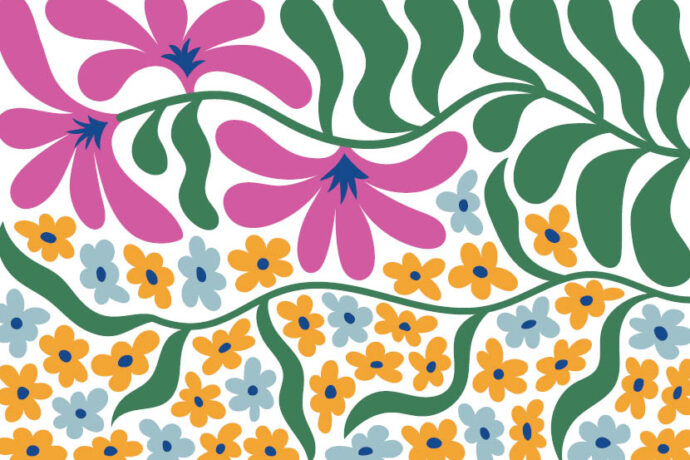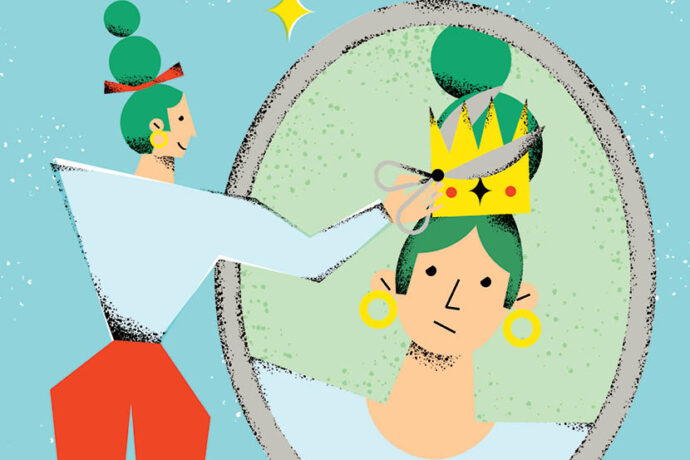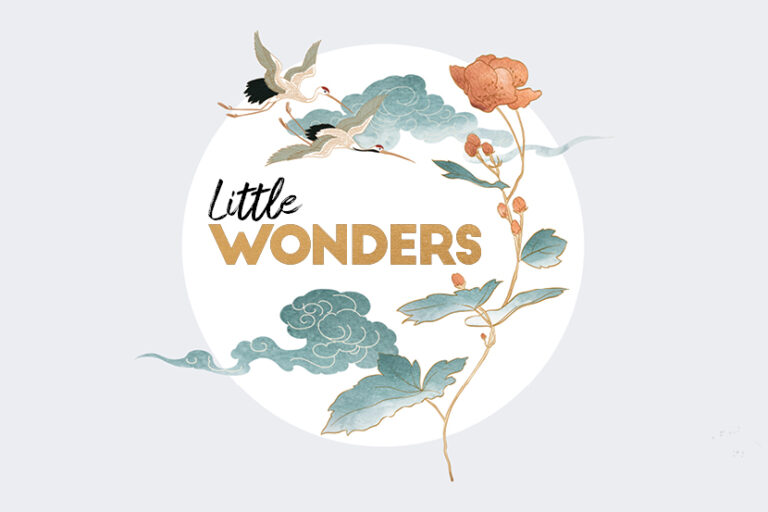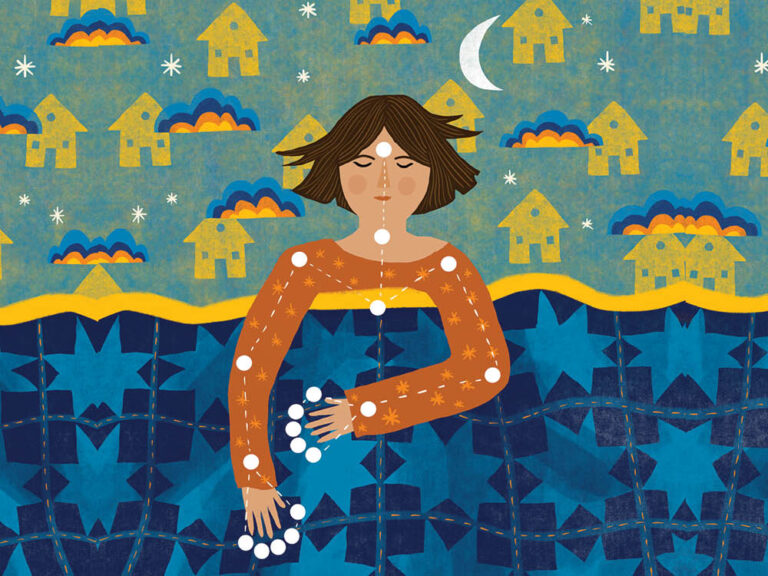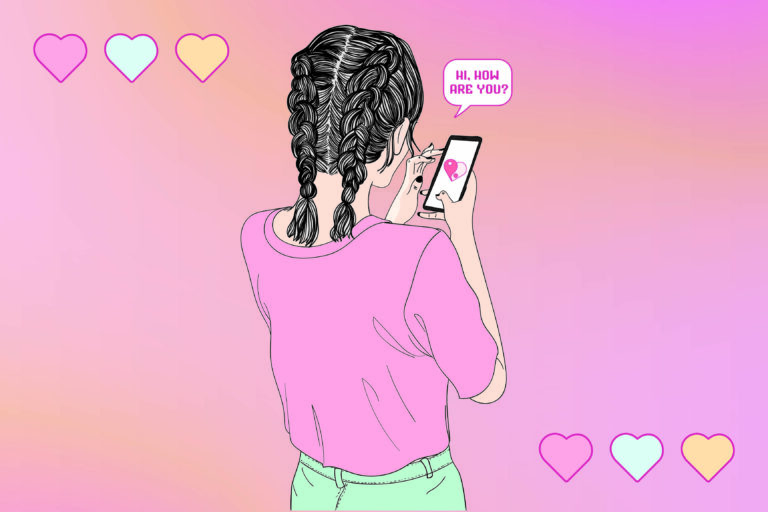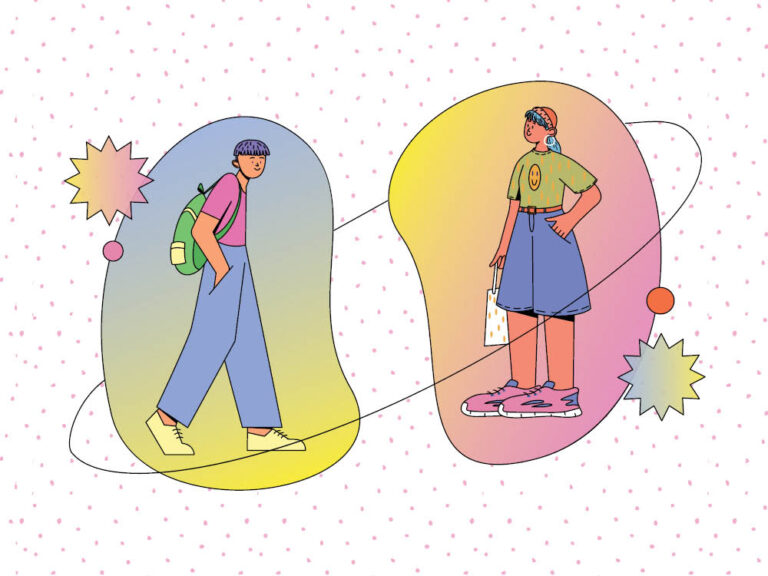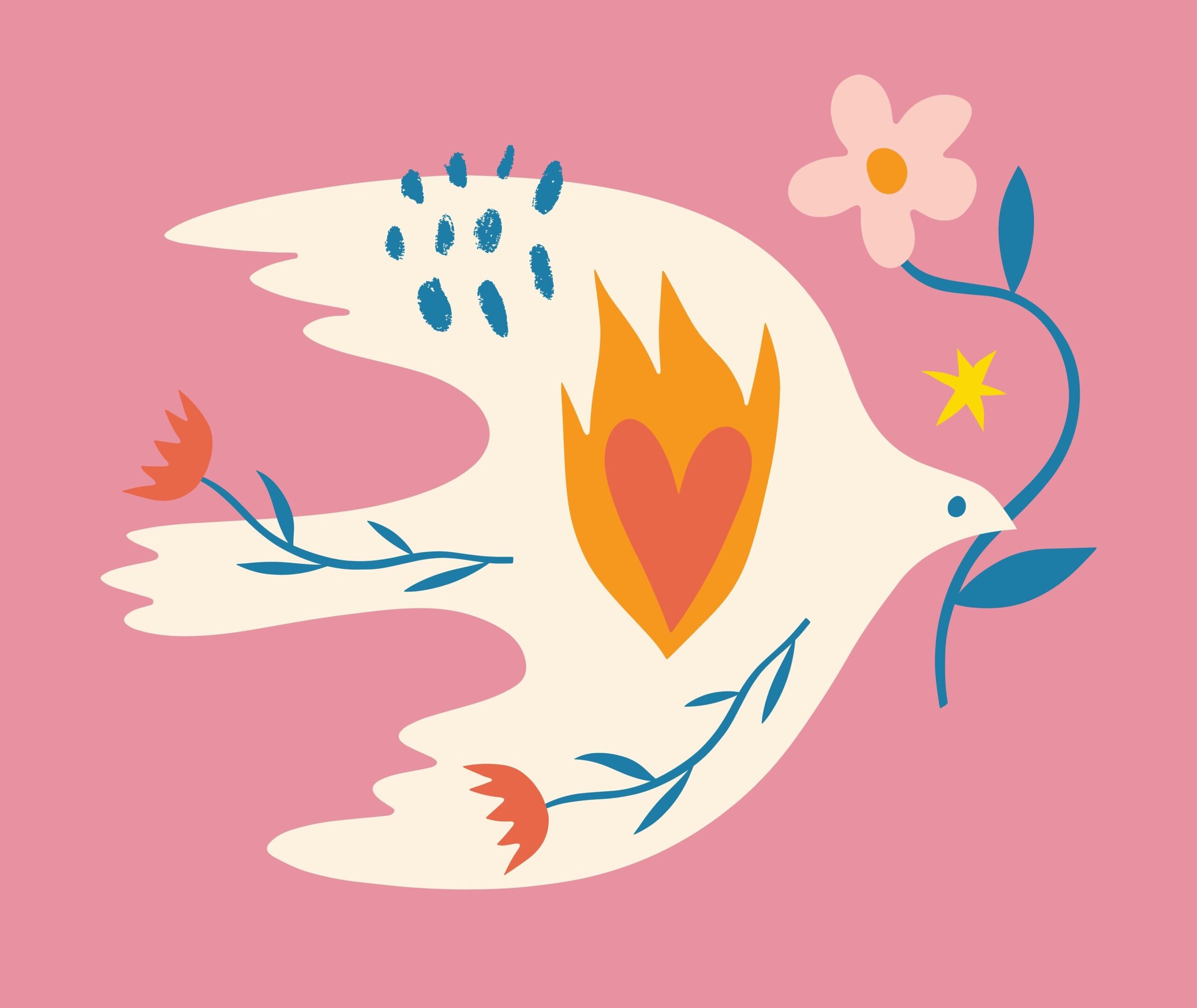
Throughout human history, shared experiences have shone a light on humanity’s ability to create their own everyday miracles, big or small...
The Dalai Lama once said: “Many illnesses can be cured by the one medicine of love and compassion.” Kindness is a selfless act that can lead to miracles – ones often born from compassion, and reminding us of what it means to be human. Ancient Greek philosopher Aristotle posited that kindness is the “helpfulness towards someone in need, not in return for anything, nor for the advantage of the helper himself, but for that of the person”. These great minds knew the secret to life is found in the cockles of the heart. Kindness can breed everyday miracles, much like these inspiring examples below…
A Christmas miracle
On a cold Christmas Eve in 1914 along the Western Front, French, British and German soldiers left their weapons in the trenches and crossed into No Man’s Land. Guns ceased their firing, and bombs stopped dropping. Instead, a chorus of Christmas carols rang out across the battlefield. Supposed ‘enemies’ shared laughter, food, and even played a couple of football matches – the war temporarily forgotten. They swapped prisoners and conducted joint burial ceremonies for their fallen soldiers. The ceasefire was a Christmas miracle, and while it didn’t end World War I, it showed how camaraderie in the face of devastation can bring peace, even during the darkest moments of history.
A race against time
In 1925, a deadly diphtheria epidemic swept through an isolated Alaskan town called Nome. The lives of countless young people were at stake, and the only medicine effective against the disease was on the other side of the frozen state. The medicinal transport plane had frozen and refused to budge. Authorities had only one option left: a relay led by brave teams of 20 mushers and 150 sled dogs. The teams travelled a total of 1,085km in five and a half days, traversing the dangerous tundra in blizzard-strong winds and -31ºC temperatures. The famous Siberian Husky, Balto, led the last team into Nome. This event inspired people all over North America to inoculate against the disease. Now, a statue of Balto lives in New York City’s Central Park to commemorate the race against time led by brave people and their fearless pups.
Uncle Wiggly Wings
In the wake of World War II, Berlin was a fractured city, divided by a wall that separated East and West Germany. The days were bleak, and many citizens were barely scraping by – especially the younger generations. That was when US Pilot Gail Halvorsen took it upon himself to personally brighten their days. He told the children he’d drop candies to them the next time he did a food supply dump. “How will we know that it’s you?” the children asked. “I’ll wiggle my wings,” he replied. So, ‘Uncle Wiggly Wings’ Gail brought spare candy to the children of West Berlin whenever he had the chance. His kindness touched hearts across the world, and people from different walks of life donated candy for him to deliver. This story of kindness was one of the catalysts for mending relations and eventually bringing down the blockade.
An oasis amidst destruction
In 1906, a devastating earthquake left the city of San Francisco in ruins. Amidst all the death and destruction, a woman named Anna Amelia Holshouser set up a makeshift tent in Golden Gate Park, made from hand-sewn blankets, sheets, and carpets, and housed a couple of dozen people. Equipped with only a tin can and a pie plate, Holshouser worked to provide food to those who stayed. Her mission grew into a makeshift restaurant named the Mizpah Café that brought warm food to thousands of survivors. Inspired by her altruism and generosity, many more soup kitchens and relief shelters opened to those in need during the crisis.
A daring rescue
In the early morning hours of the 15th of April 1912, tragedy struck. The ‘unsinkable’ Titanic was sinking. Fifth Officer Harold Lowe was 29 years old and following orders to disembark the sinking ship with as many women and children as could be squeezed in his lifeboat. At a safe distance from the ship, he transferred his passengers to another lifeboat and turned around on a rescue mission. Despite having plenty of room on their lifeboats, the other officers refused to search for survivors in fear of their boats being capsized. Officer Lowe was the only one who went back to help survivors. He saved four more people from the freezing water that night. He knew the risks, but his bravery and heart led him back to do what he could to help.
Fukushima pensioner heroes
Over 200 pensioners in Japan volunteered to help with clean-up and repair missions in Fukushima after the deadly nuclear meltdown caused by the 2011 tsunami. As former engineers, they were qualified to do the job, and they called themselves the ‘Skilled Veterans Corps’. The reason why they went back into the field? To protect the lives and futures of younger workers. The Skilled Veterans argued that, because they were over 70 years old, the radiation wouldn’t affect them noticeably during their remaining life spans. Their willingness to step up and help so younger people didn’t have to suffer the consequences later in their lives is an unbelievable act of kindness.
Words by Michaela Hook




